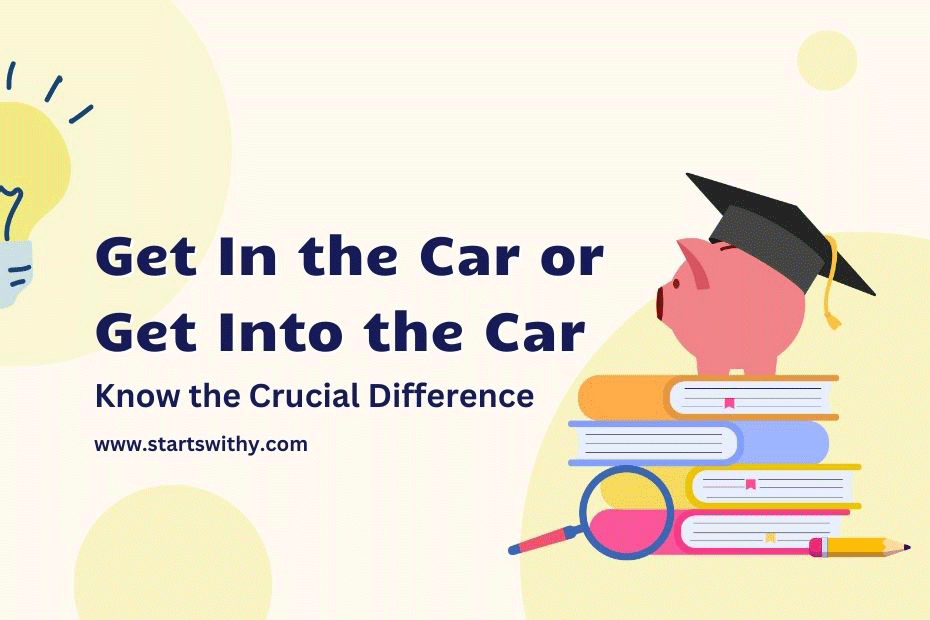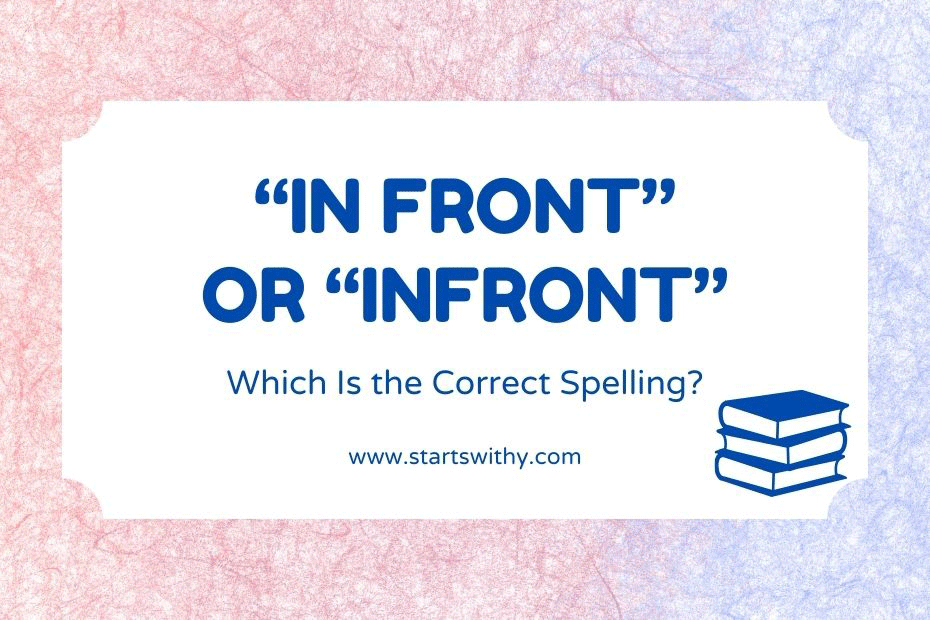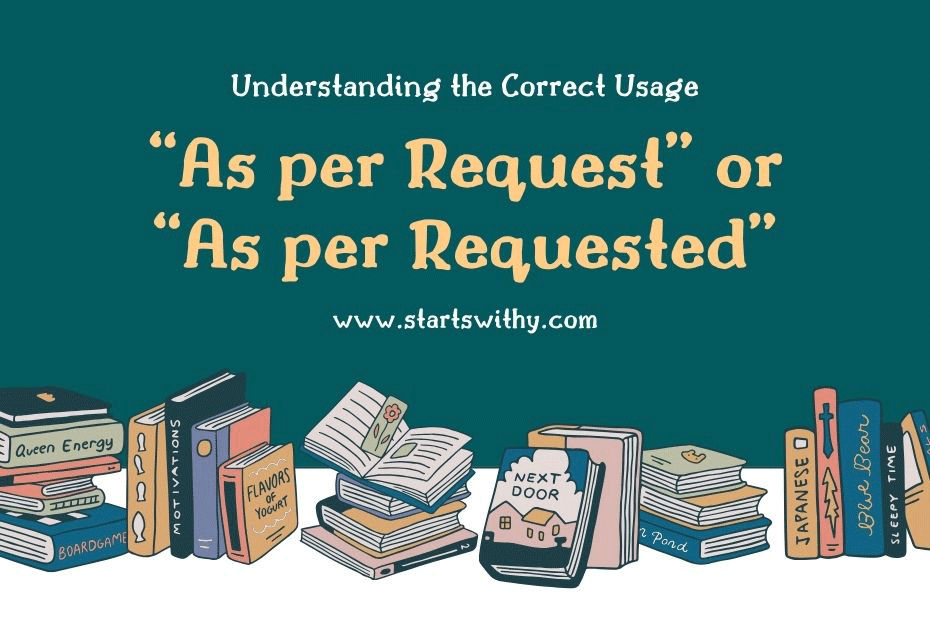Have you ever wondered about the difference between “get in the car” and “get into the car”? As an expert blogger, I’m here to break it down for you. These phrases may seem interchangeable, but there are subtle nuances that can impact your communication.
When to use “get in the car” versus “get into the car” can be confusing, but fear not, I’ve got you covered. Whether you’re giving an order or talking about entering a vehicle with someone, understanding the distinction is key.
In this article, I’ll provide you with clear examples and explanations to help you navigate the use of “get in the car” and “get into the car” like a pro. Stay tuned to enhance your language skills and communicate effectively in various situations.
Get in the Car or Get into the Car
Understanding the Difference
When it comes to choosing between “get in the car” and “get into the car,” it’s important to understand the subtle nuances that distinguish these phrases. Both expressions essentially mean the same thing, which is entering a car, but their usage can vary slightly depending on the context.
Usage of “Get in the Car”
“Get in the car” is commonly used as a direct order when one person is already inside the car. It’s a straightforward way to instruct someone to enter the vehicle. This phrase is more casual and often used in everyday conversations. For example, “Get in the car, we’re running late.”
Usage of “Get into the Car”
On the other hand, “get into the car” is typically used when both individuals are outside the car. This phrase may emphasize the physical action or movement of entering the vehicle. It’s slightly more specific than “get in the car” as it highlights the transition from the exterior to the interior of the car. An example could be, “Please get into the car, we need to leave now.”
These distinctions may seem minor, but understanding when to use each phrase can contribute to clearer communication and more effective language usage.
“Get in the car” or “Get into the car” – Learn through sentences
| “Get into the car” Sentences | Meaning | “Get in the car” Sentences | Meaning |
|---|---|---|---|
| She asked her children to get into the car for school. | Instructing someone to enter the interior space of the car. | He told his friend to get in the car for a drive. | Instructing someone to enter the car for transportation. |
| They struggled to get into the car due to its small size. | Describing difficulty in entering the car due to limited space. | She instructed the driver to get in the car and start the engine. | Directing the driver to enter the car to initiate the journey. |
| She had to bend down to get into the car because it was low. | Describing the action of entering a vehicle with a low clearance. | He hurriedly got in the car and drove away. | Describing the action of quickly entering the car and departing. |
| The child needed assistance to get into the car due to his size. | Describing the action of aiding someone to enter a vehicle. | She waited for her friend to get in the car before starting the trip. | Describing the action of waiting for someone to enter the car before departing. |
| She asked her elderly mother to get into the car carefully. | Advising someone to enter a vehicle with caution due to age or fragility. | He had to climb over the fence to get in the car parked on the other side. | Describing the action of overcoming obstacles to enter the car. |
| They needed to remove some items from the trunk to get into the car comfortably. | Describing the action of creating space to enter the vehicle more easily. | She reminded her children to get in the car quietly so as not to disturb the neighbors. | Instructing someone to enter the car silently to avoid causing disturbance. |
| She had to adjust the seat to get into the car comfortably. | Describing the action of preparing the car for comfortable entry. | He gestured for his friends to get in the car quickly before it started raining. | Urging someone to enter the car promptly to avoid getting wet in the rain. |
| They needed to open all the doors to get into the car as a group. | Describing the action of entering the vehicle collectively. | She signaled for her dog to get in the car so they could go to the park. | Commanding a pet to enter the car for transportation to a specific location. |
| She had to maneuver her wheelchair to get into the car with ease. | Describing the action of entering a vehicle using assistive devices. | He had to climb over the seats to get in the car after accidentally locking himself out. | Describing the action of reentering the car through unconventional means. |
| They waited for the rain to stop before attempting to get into the car. | Delaying entry into the car due to adverse weather conditions. | She rushed to get in the car as soon as she saw her favorite celebrity approaching. | Describing the action of eagerly entering the car upon seeing a celebrity nearby. |
| She needed to gather her belongings before she could get into the car. | Describing the action of preparing oneself before entering the vehicle. | He had to squeeze through the narrow gap to get in the car parked in the tight space. | Describing the action of entering the car through a narrow opening. |
| They had to remove the child’s car seat to get into the car. | Describing the action of rearranging the car’s interior for entry. | She waited for her husband to get in the car before starting the engine. | Describing the action of waiting for someone to enter the car before departure. |
| She needed to unlock the doors to get into the car. | Describing the action of preparing the car for entry by unlocking it. | He was too excited to get in the car and see the surprise waiting for him. | Describing the action of eagerly entering the car in anticipation of a surprise. |
| They struggled to get into the car with all their luggage. | Describing difficulty in entering the car due to excess baggage. | She needed to adjust the mirrors before she could get in the car. | Describing the action of preparing the car for entry by adjusting the mirrors. |
| She asked her dog to get into the car so they could go to the vet. | Commanding a pet to enter the car for transportation to a specific destination. | He had to hop on one leg to get in the car after injuring his foot. | Describing the action of entering the car despite physical limitations. |
| They needed to clear the snow off the windshield to get into the car. | Describing the action of preparing the car for entry by removing obstacles. | She asked her son to get in the car and buckle up before they could leave. | Instructing someone to enter the car and fasten their seatbelt before departure. |
| She had to crawl through the window to get into the car after locking her keys inside. | Describing the action of unconventional entry into the car due to a lockout. | He waited for his friend to get in the car before handing over the keys. | Describing the action of waiting for someone to enter the car before relinquishing control. |
| They needed to find a parking spot before they could get into the car. | Describing the action of locating a space for parking before entering the car. | She asked her daughter to get in the car and stop playing with her phone. | Instructing someone to enter the car and cease a distracting activity. |
| She needed to adjust the temperature settings before she could get into the car. | Describing the action of preparing the car’s interior for comfortable entry. | He had to circle the block to find a spot before he could get in the car. | Describing the action of searching for parking before entering the car. |
In this table, “Get into the car” emphasizes the action of entering the car, often with additional context or difficulty, while “Get in the car” focuses more on the instruction or command to enter the vehicle for transportation.
When to Use Each Phrase
Factors to Consider
In determining whether to say “get in the car” or “get into the car,” it is essential to consider the context and desired emphasis. “Get in the car” is straightforward and commonly used in casual conversations, instructions, and everyday scenarios. This phrase is suitable for direct commands and familiar situations. On the other hand, “get into the car” implies a more specific action of moving from outside the vehicle to inside. It is ideal when you want to put emphasis on the act of entering the car rather than just sitting down. Choosing between these phrases should depend on the formality of the situation and the level of emphasis required.
- “Get in the car quickly, we’re running late!” – Suitable for casual conversations and urgent commands.
- “Please get into the car slowly, the road is bumpy.” – Emphasizes the action of entering the car carefully.
- “I always get in the car from the passenger side.” – Demonstrates a routine action using “get in the car.”
- “Can you get into the car from the driver’s side this time?” – Provides a specific instruction using “get into the car.”
- “After shopping, Sarah managed to get into the car with all her bags.” – Highlights the movement from outside to inside the vehicle.
Common Mistakes to Avoid
Misconceptions
Some common misconceptions revolve around the usage of “get in the car” and “get into the car.” One key misconception is that these phrases are interchangeable. However, “get in” is used for vehicles where you sit, like cars, while “get into” is used for smaller vehicles like taxis or trucks. It’s crucial to understand these distinctions to communicate effectively.
Clarification on Prepositions
When choosing between “get in” and “get into,” it’s essential to consider the prepositions involved. “In” implies being inside the vehicle, emphasizing the action of sitting down or entering, while “into” highlights the movement from outside to inside. Be mindful of these prepositions to convey your message clearly and avoid confusion in your instructions.
Conclusion
Understanding the nuances between “get in the car” and “get into the car” is essential for effective communication. By recognizing that “get in” is suitable for vehicles where one sits, such as cars, and “get into” is for smaller vehicles like taxis or trucks, clarity in instructions is ensured. The distinction lies in the prepositions “in” and “into,” which convey different actions when entering a vehicle. Being mindful of these prepositions helps avoid confusion and allows for precise communication. Remembering these subtle differences will enhance your language skills and prevent common errors in everyday conversations. Mastering these distinctions will not only improve your grammar but also elevate your overall communication proficiency.
Frequently Asked Questions
How do you differentiate between “get in the car” and “get into the car”?
“Get in the car” is suitable for vehicles where you sit, like cars. “Get into the car” is for smaller vehicles like taxis or trucks.
Why is it important to understand the difference between “in” and “into” when entering a vehicle?
The prepositions “in” and “into” convey different actions related to entering a vehicle. Knowing this ensures clear communication and avoids confusion in instructions.
What are the steps to follow when getting into your car?
Place the key in the ignition, shut the door, fasten the seat belt, verify the gear is neutral, start the car, check dashboard warning lights, look at mirrors for safety, and activate turning indicators.
Why do some people say “get down from the car” instead of “get out of the car”?
This phrasing might come from translations like “bajar del carro” in Spanish, where “bajar” means “to get down.” It reflects a dialectical variation in expressing exiting a vehicle.
Should you say “onto the car” or “into the car”?
Use “in” for personal or small vehicles like cars, and “on” for large or public vehicles. An exception is for bikes or motorcycles, where “on” is used.



